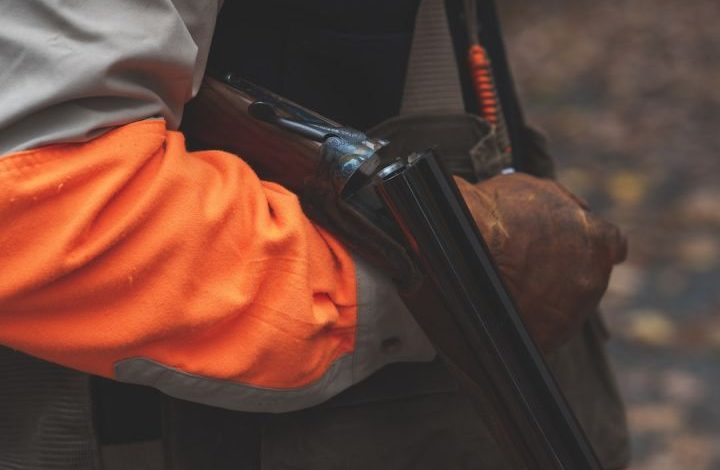Can Duck Decoys Improve Hunting Success?

Hunting ducks can be a thrilling and challenging experience for any avid hunter. However, it requires skill, patience, and the right equipment to increase your chances of success. One popular tool used by duck hunters is the duck decoy. These lifelike replicas of ducks are strategically placed in the water to attract real ducks, making them a valuable asset for any hunter. In this article, we will explore the effectiveness of duck decoys in improving hunting success.
Attracting Ducks with Realism
One of the main reasons why duck decoys are so effective is their ability to mimic real ducks. These decoys are meticulously designed to resemble the appearance, shape, and colors of actual ducks. The level of detail in their craftsmanship is astonishing, making them nearly indistinguishable from the real thing. When placed in the water, these decoys create a sense of realism that can easily fool passing ducks into believing that it is a safe and inviting environment.
Creating a Sense of Security
Ducks are social creatures that prefer to be in the company of other ducks. By using duck decoys, hunters can create an illusion of a flock of ducks swimming peacefully in the water. This sense of security attracts curious ducks, who are more likely to investigate and join the decoy flock. The more decoys in the water, the more convincing the illusion, increasing the chances of attracting real ducks to the hunting area.
Enhancing the Call
Duck hunters often use calls to mimic the sounds that ducks make. These calls can range from simple quacks to more complex feeding or mating calls. While calls alone can be effective in attracting ducks, combining them with decoys can significantly improve hunting success. Ducks are not only drawn to the sound but also to the visual confirmation of other ducks nearby. When ducks hear the call and see a convincing group of decoys, their curiosity is piqued, increasing the likelihood of them venturing closer to the hunting area.
Strategic Placement
Successful duck hunting requires careful consideration of decoy placement. Hunters strategically position their decoys in specific formations to create a realistic scene. Common formations include a “V” shape, a “J” shape, or a tight group. The choice of formation largely depends on the hunting location and prevailing weather conditions. By studying the behavior and patterns of ducks, hunters can determine the most effective placement of decoys to attract passing flocks.
Adapting to Changing Conditions
Duck hunting is heavily influenced by the weather and environmental conditions. Ducks are sensitive to changes in wind direction, weather fronts, and sunlight. Experienced hunters understand that the effectiveness of decoys can vary depending on these factors. They adapt their decoy setups accordingly, making adjustments to their formation, number of decoys, and positioning. This adaptability maximizes their chances of success by taking advantage of the ducks’ natural instincts and preferences.
In conclusion, duck decoys can significantly improve hunting success by attracting ducks with their realistic appearance, creating a sense of security, enhancing the effectiveness of calls, and allowing for strategic placement. Their ability to adapt to changing conditions further increases their effectiveness. For any duck hunter looking to increase their chances of a successful hunt, investing in high-quality duck decoys is a wise choice. With these lifelike replicas in your arsenal, you can create a convincing scene that entices passing ducks and brings you closer to a successful hunting experience.
